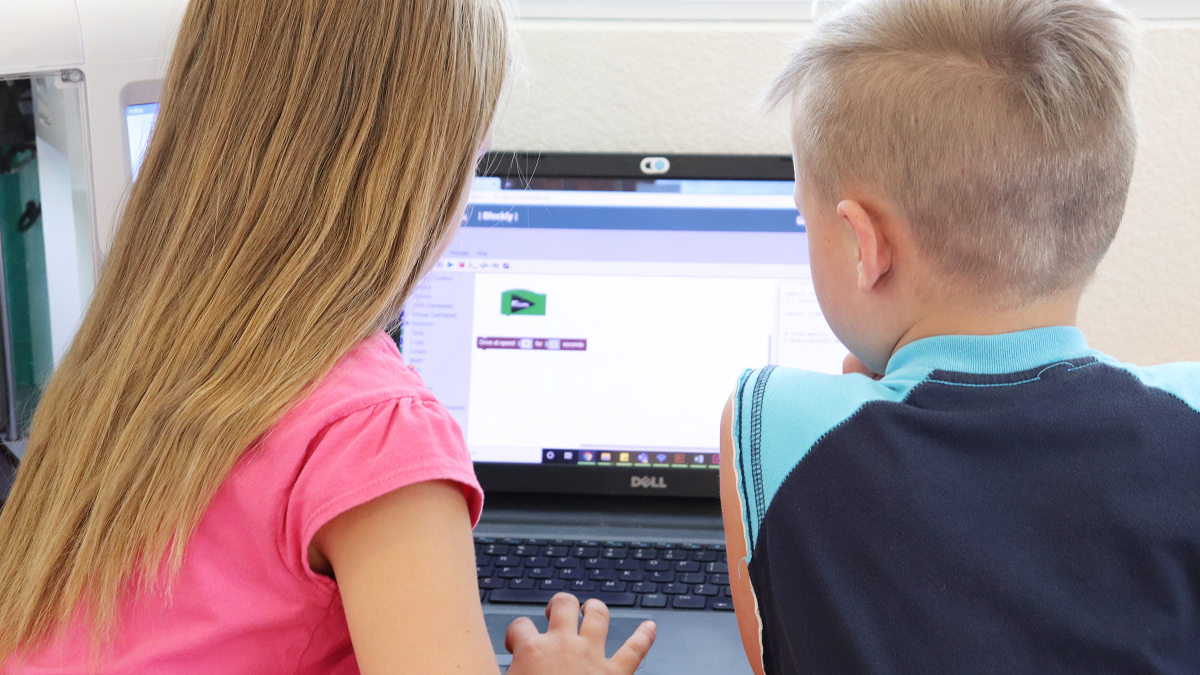Thanks to technology, there are so many wonderful and engaging ways to teach computer science concepts. From sensors and online coding to robots and 3D printers, educators have more tools than ever to help. Sometimes, though, all these tools can be a bit overwhelming. While many educators utilise technology tools independently, they are best used when integrated together. Just like STEM (Science, Technology, Engineering, and Mathematics) is not four completely independent subjects without overlap, the use of robotics, 3D printers, and sensors shouldn’t be used in isolation either. So, here are a few tips and tricks to make sure you’re making the most of your technology tools.
Computer Science and Tech Tools for Creative and Critical Thinking
Topics: STEM, STEM education, STEM learning
Why Hands-On Learning Makes a Difference with STEM
I’m probably telling on myself a bit here but growing up, hands-on learning activities in school were infrequent. If anything, I did hands-on experiments at home because of the influence of shows like Mr. Wizard’s World (my favorite was poking a pin through a piece of tape on a balloon and being amazed that it didn’t pop). Any hands-on learning experiences were limited to science classes and were mostly dissecting animal parts and insects. If you were to ask me why we did them, I’d be hard-pressed to give you an answer beyond “we were learning about the body.” So, there’s the rub — just because an activity is hands-on doesn’t necessarily mean it’s meaningful or will boost understanding. How can incorporating hands-on activities create an effective STEM learning experience?
Topics: STEM, STEM education, hands-on learning
Computer network architects design and build data communication networks. These networks include local area networks (LANs), wide area networks (WANs), and Intranets.
Topics: STEM, STEM education




